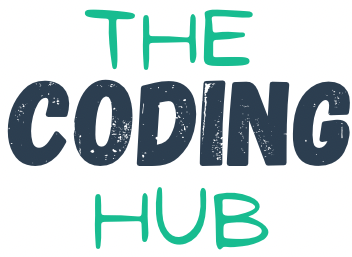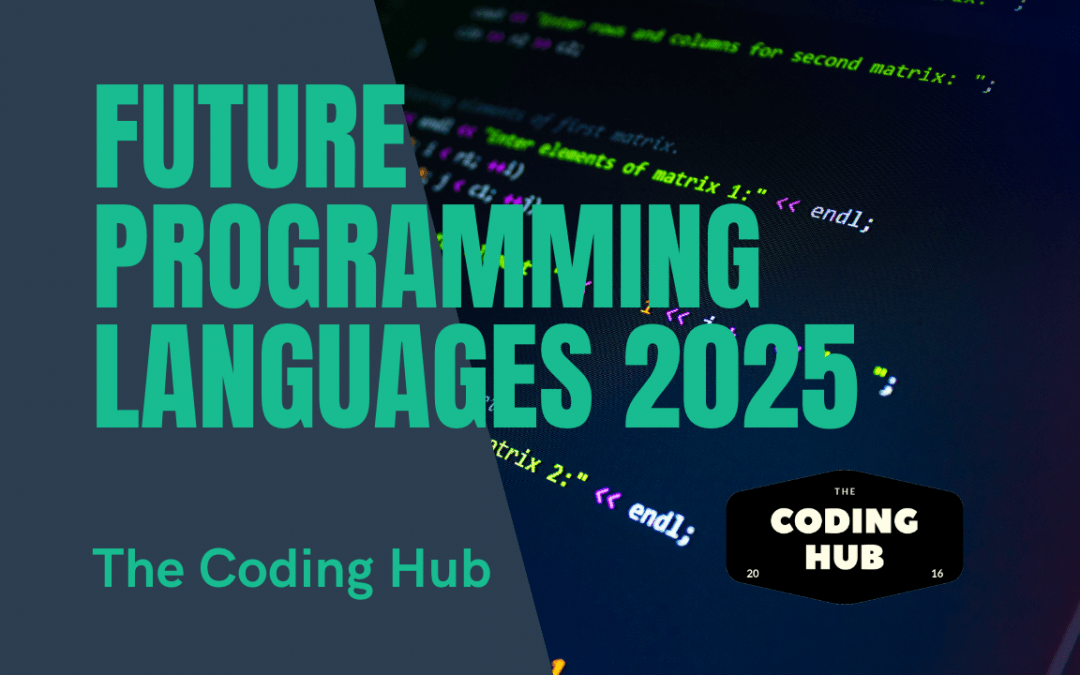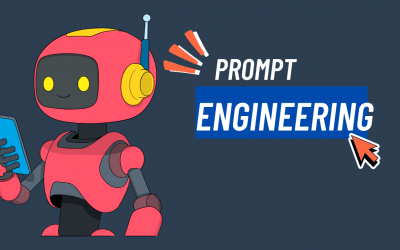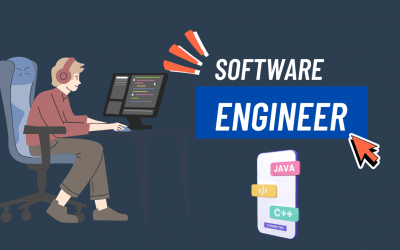As we move towards 2025, the programming landscape is set to undergo significant changes. The demands of modern software development require programming languages to be more efficient, secure, and versatile. To meet these demands, new programming languages are emerging, while existing ones are evolving rapidly. In this article, we will explore the key trends that are shaping the future of programming languages in 2025.
One of the most significant trends we can expect to see in the coming years is the rise of domain-specific languages (DSLs). These are programming languages that are designed to solve specific problems within a particular domain. DSLs are highly specialized and optimized for their intended use cases, making them more efficient and easier to use than general-purpose languages.
For example, in the field of machine learning, Python has emerged as the dominant programming language. However, with the rise of deep learning and neural networks, there is a growing demand for DSLs that are specifically designed for these tasks. Tensorflow, Keras, and PyTorch are examples of DSLs that are optimized for machine learning and have gained immense popularity in recent years.
Another trend that is likely to shape the future of programming languages is the increasing importance of security. With the rise of cyber threats, it has become essential to develop software that is resistant to attacks. In response to this, new programming languages are being developed that prioritize security as a fundamental feature.
For example, Rust is a programming language that has gained popularity in recent years due to its emphasis on security. Rust is designed to prevent memory errors, which are a common cause of security vulnerabilities in software. Its memory safety features ensure that programs written in Rust are highly resistant to common forms of cyber attacks.
The next trend we can expect to see in the future of programming languages is the increasing use of low-code and no-code platforms. These platforms allow developers to create software without having to write code manually. Instead, they use visual interfaces and pre-built components to assemble their applications quickly.
Low-code and no-code platforms are becoming increasingly popular in enterprise software development. They allow business analysts and other non-technical users to create applications without relying on developers. This democratizes software development and makes it accessible to a wider range of users.
Lastly, we can expect to see the continued evolution of existing programming languages. As technology advances, programming languages need to evolve to keep up with the demands of modern software development. For example, Python has undergone significant changes in recent years, with the introduction of features such as type annotations, async/await, and data classes.
Similarly, JavaScript, which is the most widely used programming language in the world, is undergoing significant changes. The introduction of WebAssembly has enabled developers to write high-performance applications in JavaScript, opening up new possibilities for web development.
In conclusion, the future of programming languages in 2025 is set to be exciting and full of innovation. We can expect to see the rise of domain-specific languages, the increasing importance of security, the growing popularity of low-code and no-code platforms, and the continued evolution of existing programming languages. As software development continues to evolve, it is essential that programmers keep up with these changes and adapt their skills to stay relevant.
Other Articles
The Art and Science of Prompt Engineering: Crafting the Future of AI Interaction
Beyond Keywords – Defining Prompt Engineering We stand at the precipice of a new paradigm in human-computer interaction. The rise of sophisticated Large Language Models (LLMs), such as GPT-4 and its contemporaries, has shifted our communication with technology from...
What is a Software Engineer
The Architects of Digital Reality Software engineers constitute the fundamental workforce orchestrating our technologically mediated existence. These professionals transmute abstract concepts into functional applications that permeate every facet of contemporary life....
Angular TypeScript: A Comprehensive Guide to Modern Web Development
Introduction to Angular TypeScript Integration Angular's symbiotic relationship with TypeScript represents a paradigmatic shift in modern web development methodologies. This powerful amalgamation emerged from Google's recognition that large-scale applications require...




